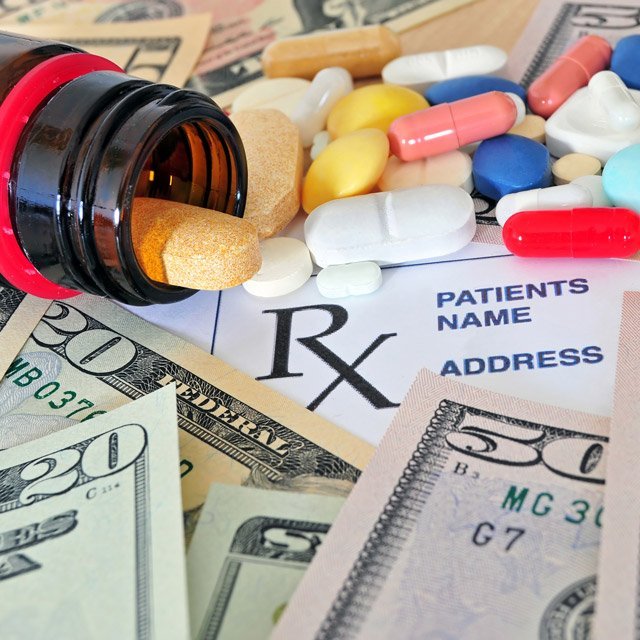Coupons Lead to Big Increases in Drug Spending: Researchers

What You Need to Know
Medicare Advantage plans ban drug coupons.
Most commercial health plans do not.
The economists conducted their study by comparing what commercial plans and Medicare Advantage plans paid for multiple sclerosis drugs from 2014 through 2017.
Coupons work a lot better for prescription drug manufacturers that want to increase revenue than for health insurers that want to hold down spending, economists conclude in a new study.
The economists looked at the effects of manufacturers’ coupons on the U.S. market for multiple sclerosis drugs, based on drug claims data collected from 2014 through 2017 by a large pharmacy benefit manager.
PBMs typically negotiate discounts that reduce the true price of a drug far below the list price.
The economists found that coupons increased the true discounted prices of the couponed drugs by more than 7%, increased sales of the couponed drugs by 21% to 23%, and weakened insurers’ ability to bargain for lower prices.
Those effects could increase insurer spending by about 30% for couponed drugs with no generic equivalents, the economists estimate.
Leemore Dafny, an economist at Harvard Business School, conducted the study along with Edward Kong and Kate Ho. They have posted a working paper version of the study, behind a log-in wall, on the website of the National Bureau of Economic Research.
A working paper is a version of an academic research study that has not yet gone through a full round of reviews by the researchers’ peers.
Drug Pricing Mechanics
Many health insurers impose large copayments, or large flat fees, when patients buy expensive brand-name drugs.
Insurers may also impose coinsurance requirements, or charges equal to a set percentage of the full cost of the drug, when patients use especially expensive drugs. Insurers see that as a way to give patients “skin in the game,” and to keep them from using drugs that might cost more than $10,000 per year without having an urgent need to do so.
Cash-strapped patients with hard-to-treat health problems see manufacturers’ coupons or other forms of financial support, such as grants from charities, as a way to try drugs that would otherwise be unaffordable.




